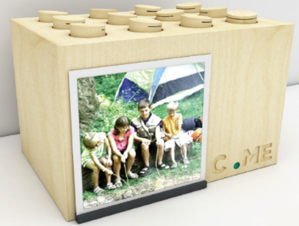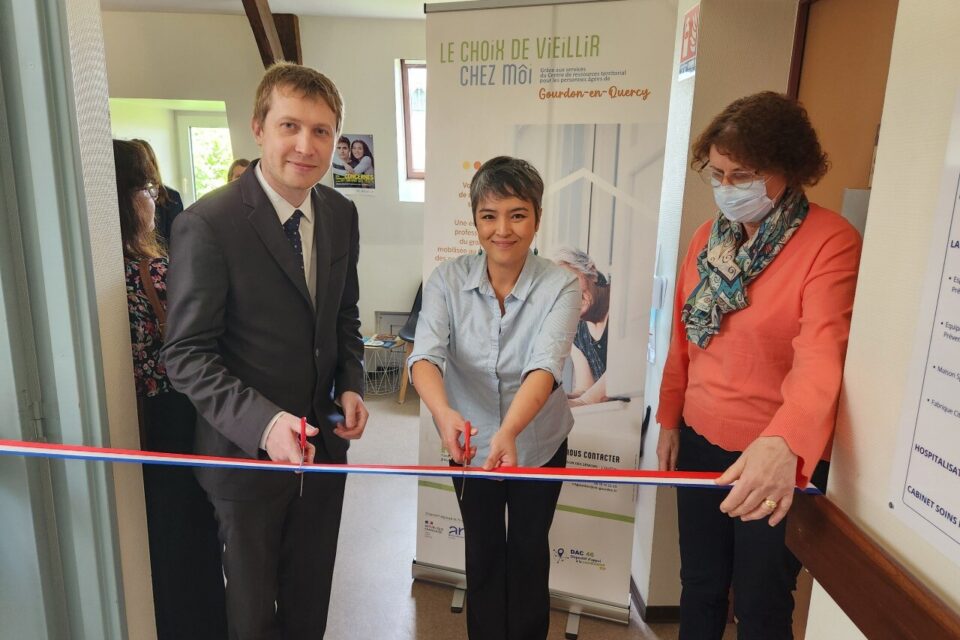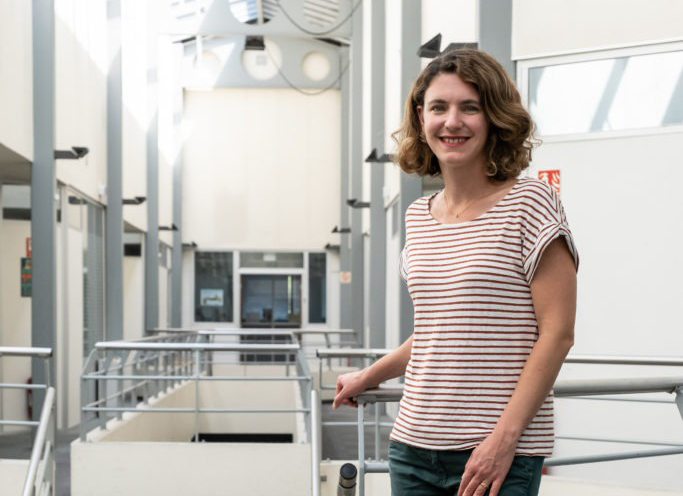Telegrafik est le partenaire idéal pour vous aider à créer et déployer vos projets d’IoT sur mesure. Nous vous accompagnons sur les différentes phases de vos projets à l’aide de méthodologies Agile : DESIGN & THINK, TEST & LEARN et BUILD & RUN. L’objectif : Mieux adresser les besoins de vos clients afin de dégager des relais de croissance et une meilleure rentabilité.
Voici un retour d’expérience de projet mené avec un assureur et couvrant les 2 premières phases : DESIGN & THINK et TEST & LEARN.
Le concept : Concevoir et tester en vie réelle une solution grand public de prévention de la perte d’autonomie
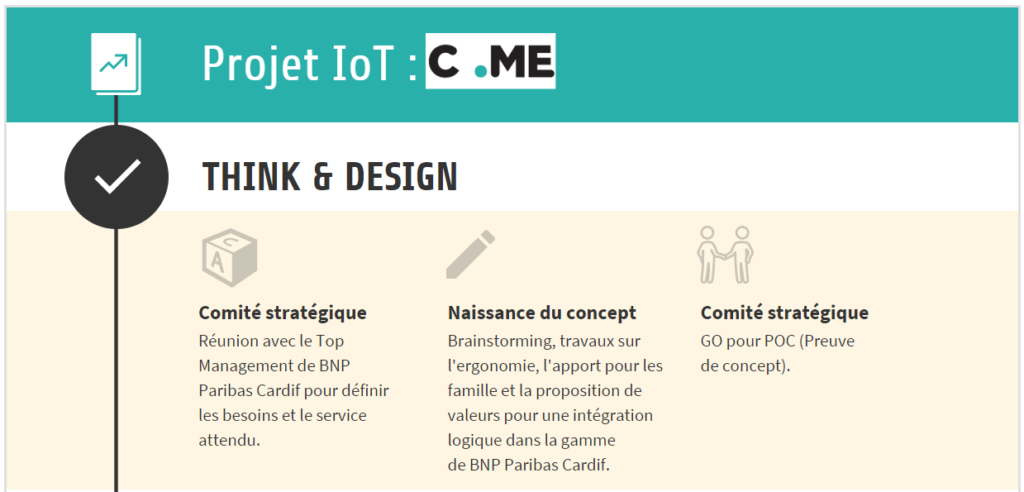
L’étape 1 du projet a consisté à définir le concept. Pour ce faire, nous avons travaillé main dans la main avec les équipes de notre partenaire. L’objectif : avoir une vision précise des besoins d’un assureur et du service attendu par ses assurés.
La solution retenue devait notamment remplir les caractéristiques suivantes :
- accessible au plus grand nombre, grand public, à forte valeur ajoutée pour les salariés en situation d’aidants
- être attractive pour une cible familiale ayant un proche âgé vivant seul à domicile
- pouvoir alerter les aidants en cas de problème (ex : chute, malaise) dans le logement de leur proche de manière automatique
- intégration facile dans le logement de la personne âgée
- personnalisation du service, avec un boîtier mi porte photo mi central domotique !
Un concept alliant lien social, échanges familiaux, sécurité et vigilance bienveillante a été retenu :
Des capteurs discrets installés dans le logement de la personne âgée, un suivi de l’évolution de son activité au quotidien grâce à l’application smartphone pour les aidants, et un envoi d’alerte vers les proches en cas de problème.
Et tous les mois, entre 1 et 3 photographies de la famille envoyées par courrier papier.
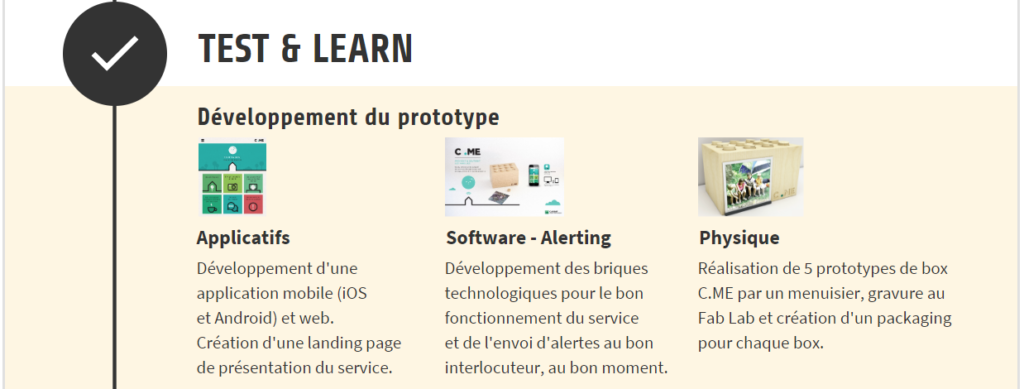
Puis le développement a été lancé.
Au bout de 3 mois, la solution version beta était disponible.
Cette version beta comprenait :
- des applications sous iOS, Android et sur le web permettant aux aidants de consulter l’activité de leur proche chez lui à distance et de lui envoyer des photographies ensuite imprimées et envoyées par courrier.
- un développement spécifique de briques technologiques permettant d’envoyer des alertes SMS en cas de problème à la bonne personne, au bon moment.
- la conception physique d’une boîte permettant de contenir la partie domotique du service et servant de support à photographies pour le senior.
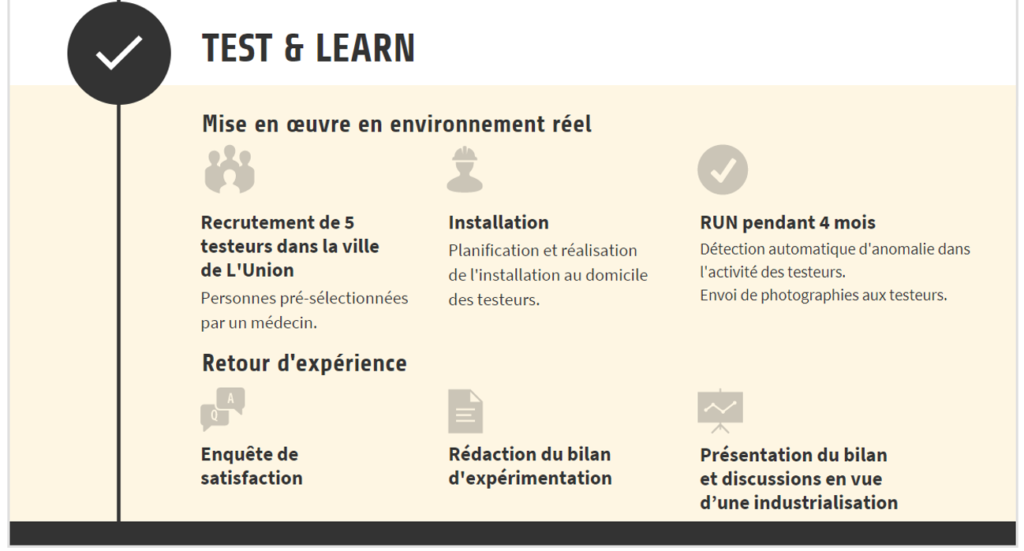
La solution a ensuite été mise en place au sein de familles afin d’être testée en conditions réelles. Cette étape a nécessité le recrutement de familles ayant un proche âgé seul à domicile. Nous avons installé le service chez ces seniors puis l’avons fait tourner pendant 4 mois.
À l’issue de cette phase de test, nous avons diffusé une enquête de satisfaction qualitative afin d’avoir des retours les plus précis possibles sur le service.
Les retours des familles ont été très positifs et l’application smartphone a été plébiscitée par les aidants. En effet, 80% des aidants ont utilisés l’application. Ils ont trouvé une réelle utilité à cet outil et certains l’utilisaient de manière quotidienne pour vérifier si l’activité de leur proche était normale.
Verbatims : « C’est bien de savoir si elle est chez elle, ou si elle est sortie pour la journée ou plusieurs jours », « je regarde d’un coup d’oeil le temps passé dans la chambre »
Enfin, plus de la moitié des aidants étaient prêts à continuer à bénéficier du service en payant.
